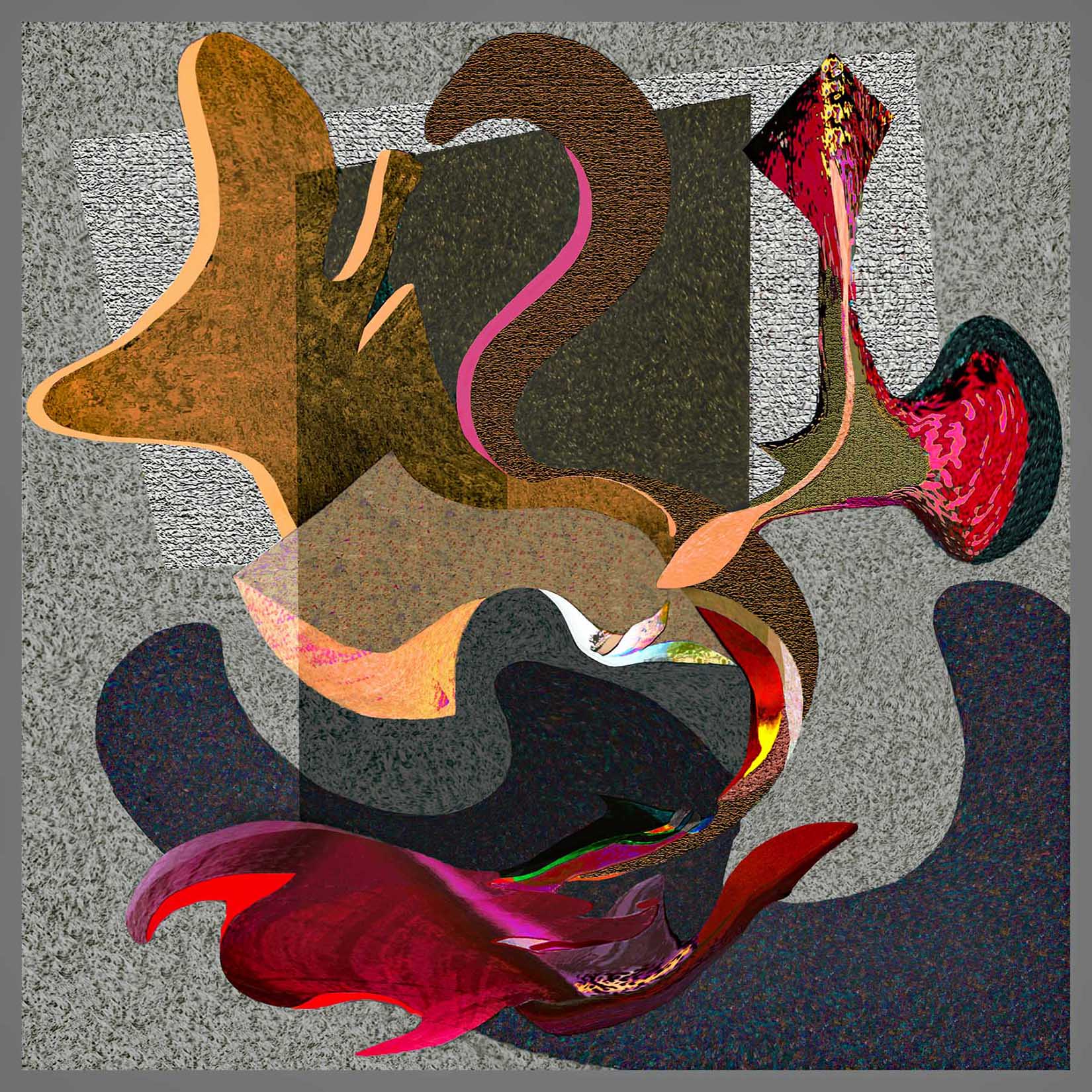TAWA at 45
The Exhibition

Guy Ciarcia
In the Museum
digital print on canvas, 2023; 30″h x 30″ w
Guy Ciarcia is a classically trained artist, who was educated at Pratt Institute, New York University, and the Accademia di Belle Arti in Florence, Italy. His massive body of work spans over 50 years and runs the gamut from painting, murals, photography, film, and digital drawings to sculpture, ceramics, crafts, and jewelry. Early recognition came in the 1960s as a member of the innovative Smokehouse Painters, a group of painters and sculptors commissioned by the City of New York and funded by the Museum of Modern Art.
He has received grants from the Mercer County Cultural Heritage Commission, the Middlesex County Cultural Heritage Commission, and the New Jersey State Council on the Arts. Ciarcia has been an exhibiting artist since 1965 and is credited with shows at Union Carbide, Café Americano, and The Jewish Museum in New York, Princeton University, Rowan College at Gloucester County, The Ben Shahn Galleries at William Patterson College, the New Jersey State Museum, the Trenton City Museum, The College of New Jersey, The Peddie School, The Williams Collection, The Hillier Group, and Artworks, all in New Jersey; the George School and the Philadelphia Museum of Art in Pennsylvania; and The Archives of American Art, Smithsonian in Washington DC.
“Over the years, I experimented with many ways to express myself artistically, mostly fighting my way through the ‘isms’ of the twentieth century. In the late ‘90s I needed to stop painting. I built a darkroom and began experimenting with photography. Several years later I was introduced to the Photoshop program. It made me question what I was really after as an artist. I closed my darkroom door and got a printer. Instead of correcting my mistakes in the darkroom, which was expensive, I could make the corrections faster and more accurately on the screen. The tools in the program are analogous to the traditional materials that I had been using to create art, and it offered surprises to be considered when a random key was pressed. I first used it to correct photos. Then I began drawing on the photos. It was a short step to pure drawing. The digital medium lacks the textures of paint and other materials that come out of bottles and tubes but has its own textures. I began to wonder about what was more important in the images I was making, the idea or the medium. The image on the screen is made of light. It is site specific. It’s surreal, being a product of 1s and 0s. It’s like painting on a piece of rubber that can be pulled this way and that. It has no permanent size, like a canvas, and can be distorted and changed until it is printed; then it becomes a different thing. The Florentine Renaissance, religion, and psychology have played big parts in my life and still influence my work. I combine disparate images to stir the imagination but, mostly to illustrate the absurd in our lives, questions that have no answers.”
